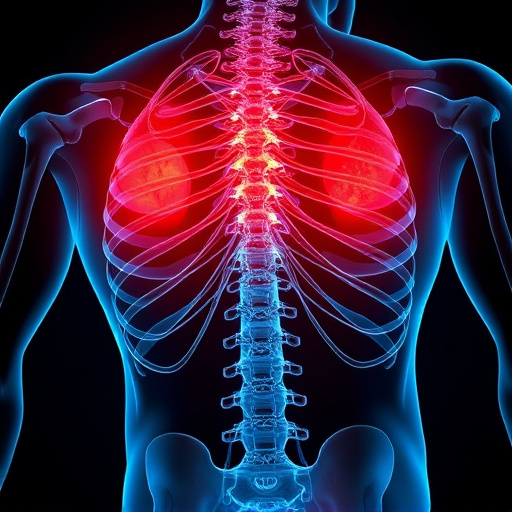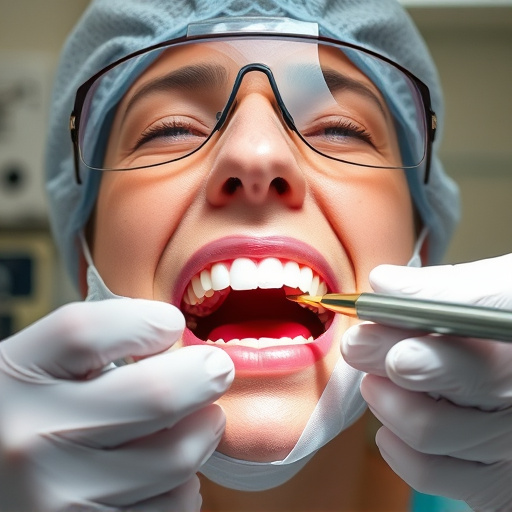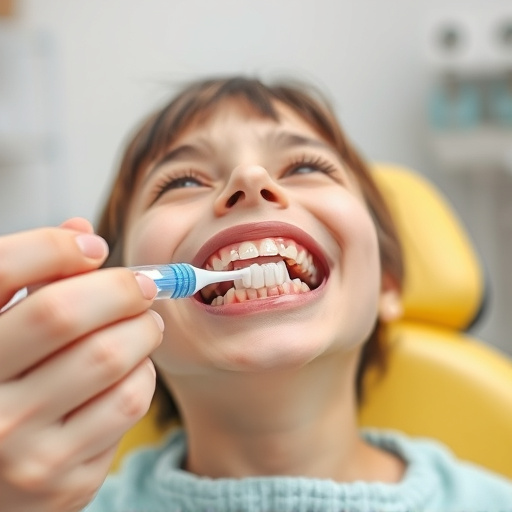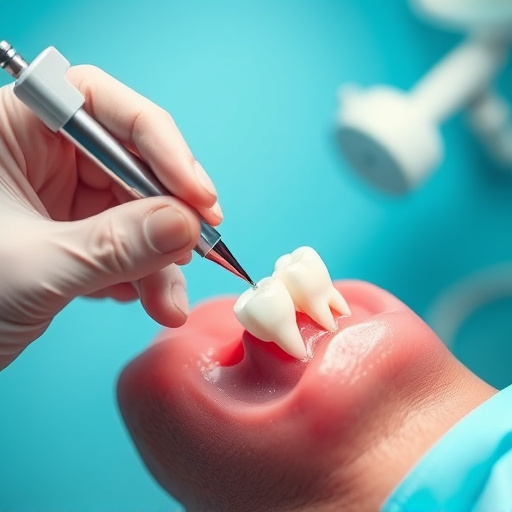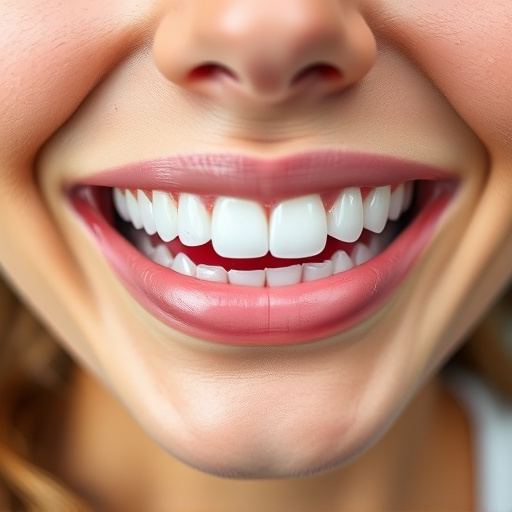TMJ disorder treatment focuses on holistic strategies to manage symptoms like jaw pain and clicking sounds. Non-invasive methods include jaw exercises for muscle strengthening and alignment improvement, combining physical therapy with counseling for stress management. This dual approach addresses physical and psychological aspects of TMD, enhancing overall well-being without needing invasive procedures or long-term medication.
TMJ disorder treatment goes beyond conventional methods, requiring a comprehensive approach that addresses both physical and mental aspects. This article delves into two effective yet often overlooked strategies: jaw exercises and counseling. Understanding TMJ disorder and its impact is crucial, as these non-invasive treatments offer relief from chronic pain and dysfunction. By combining targeted jaw exercises with mental health support, individuals can experience a significant transformation in their quality of life.
- Understanding TMJ Disorder and Its Impact
- Non-Invasive Treatments: The Role of Jaw Exercises
- Integrative Approach: Counseling for Mental Relief
Understanding TMJ Disorder and Its Impact
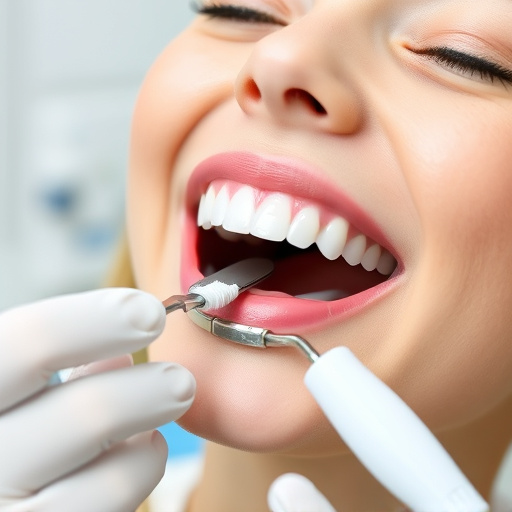
TMJ disorder treatment is essential for managing a condition that affects the temporomandibular joint (TMJ), a complex structure connecting the jaw to the skull. This disorder can lead to various symptoms, including jaw pain, clicking sounds, difficulty opening or closing the mouth, and even headaches. The impact extends beyond physical discomfort, as it may cause psychological stress and influence overall quality of life. Those suffering from TMJ disorder often experience challenges in performing daily tasks, such as eating, speaking, and even sleeping.
Understanding the causes is crucial for effective TMJ disorder treatment. It can arise from various factors like jaw misalignment, dental issues (including tooth extractions or dental implants), or stress-related muscle tension. Counseling plays a significant role in addressing the psychological aspects, providing strategies to cope with stress and anxiety that may exacerbate symptoms. Comprehensive dental care, including exercises to improve jaw mobility and strengthen muscles, is an integral part of a holistic treatment approach.
Non-Invasive Treatments: The Role of Jaw Exercises
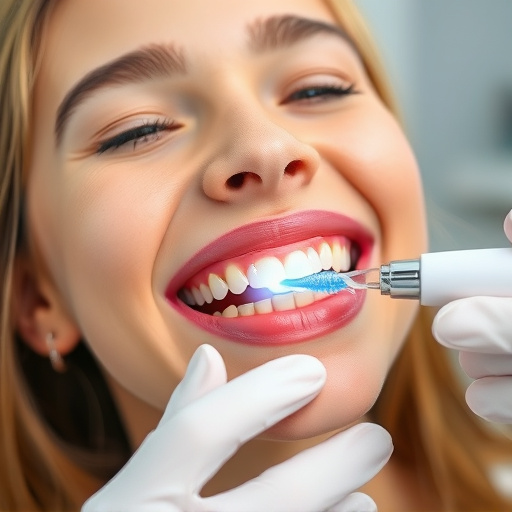
Many individuals suffering from TMJ disorder (TMD) often seek non-invasive treatments as a preferred approach to managing their condition. One such effective method is jaw exercise, which plays a pivotal role in alleviating TMD symptoms and improving overall oral health. These exercises focus on strengthening the muscles surrounding the jaw joint, promoting better alignment and reducing excessive stress or tension that can lead to painful flare-ups.
By incorporating specific jaw movement routines, individuals can gain control over their chewing action and improve jaw flexibility. This non-surgical intervention is particularly beneficial for those who may be hesitant about more invasive procedures. Additionally, combining jaw exercises with other treatments like dental crowns, clear aligners, or dental bonding can offer a comprehensive solution, addressing both structural issues and aesthetic concerns simultaneously.
Integrative Approach: Counseling for Mental Relief

Many people struggling with TMJ disorder (TMD) often find relief through an integrative approach that combines jaw exercises and counseling for mental relief. This holistic method recognizes the deep connection between oral health, emotional well-being, and overall quality of life. By addressing both physical and psychological aspects, it offers a comprehensive solution to managing TMD symptoms effectively.
Counseling plays a pivotal role in this treatment paradigm by helping individuals understand and manage stress, anxiety, or depression that may exacerbate TMJ issues. Techniques such as cognitive-behavioral therapy (CBT) teach patients coping strategies to reduce tension in the jaw and face, thereby alleviating pain and improving overall function. This dual focus on physical therapy and mental health support ensures a more sustainable recovery process for those dealing with TMD, potentially eliminating the need for invasive procedures or long-term medication use, including options like clear aligners or teeth cleaning treatments typically associated with general dentistry.
TMJ disorder treatment involves a multifaceted approach, combining jaw exercises to improve muscle strength and flexibility with counseling to address the emotional toll of chronic pain. By adopting these non-invasive treatments, individuals can experience significant relief from symptoms and enhance their overall quality of life. This integrated approach recognizes that TMJ disorder is not just a physical condition but also a mental burden, requiring holistic care for effective long-term management.
